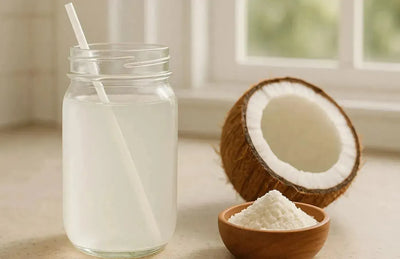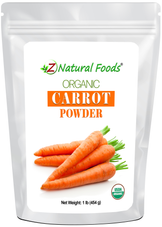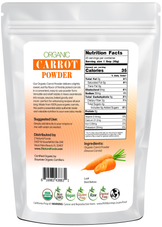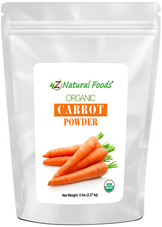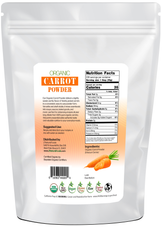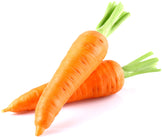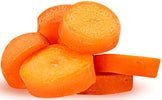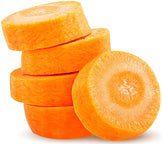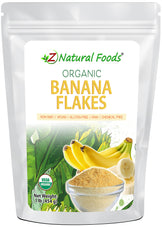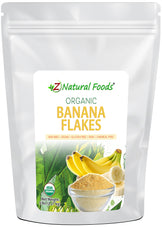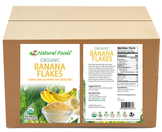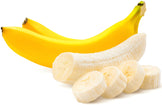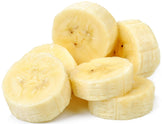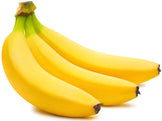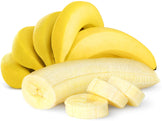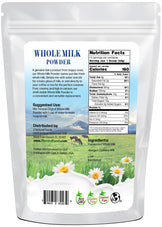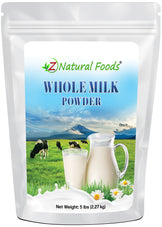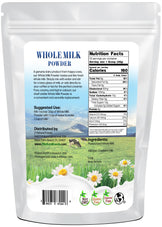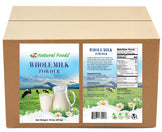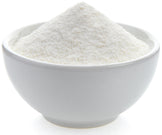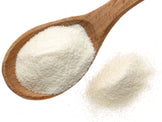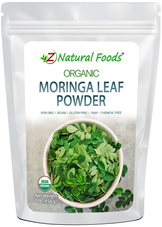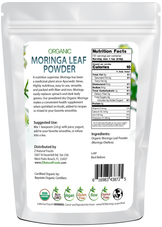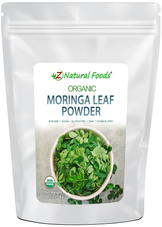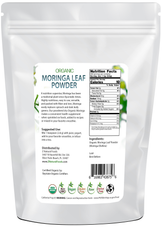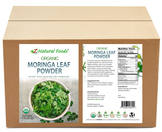Description
Description
Z Natural Foods takes pride in bringing our customers a wide range of the most nourishing foods on earth in the most versatile form, and our carrot powder is no exception.
With a deliciously mild sweet taste and aroma, our carrot powder contains a complexity of nutrients and compounds that nourish the body.
When a food powder is created, the process of removing the water (in this case, air-drying) produces a shelf-stable, highly nutritious end product that creates exceptional versatility. While it is true that a powder version is not the same as eating a fresh carrot, the idea that we can’t replace fresh food with a powder to nourish our body is simply untrue.
As a matter of fact, there are many significant advantages to using powders; their nutrient density and versatility are considered several of their many positive attributes. These attributes are critical when considering the most appropriate ways to use them.
A little fun fact about carrots is that they were not originally orange. Orange carrots are a result of the carrot breeding game. The domesticated carrots originally came from the wild plant Queen Anne’s lace, which has white roots.
Before we answer the above question about what is carrot powder good for, it is vital to understand the various drying processes and why we choose to air-dry our carrot powder. While there are many natural ways to dry foods and preserve their nutritional qualities, including low temperature, shade, air, sun, and freeze-drying, the quality of the raw materials predominantly determines the final product. Ultimately, preserving the incredibly nourishing qualities found in carrots is best achieved through air-drying and creating a powder.
There are three primary advantages to using the air-drying method when creating a carrot powder:
- Air-drying creates the closest end product when presenting a whole food complex.
- Air-drying better holds a food's cellular texture (with an average water content of 5%) and creates a better mouthfeel.
- Air-dried foods generally allow you to customize your needs when creating a product. For example, air-dried food can be left whole, chopped, or milled into a powder. All of these will still offer the nutritional value of a fresh carrot.
While carrots in their natural state have an outstanding shelf life compared to other vegetables, this method preserves their structure and integrity and significantly extends it. The shelf life of any food or product is directly linked to its moisture content. An air-dried product has an average of only 5% or less moisture content. So, air-drying allows for greater versatility of the end product due to more accessible storage options and blending capability and supports the natural flavor profile of the fresh food version.
Air-dried carrot powder has a wide range of purposes in the functional food market, and today, we will discuss three of the best ways to use this delicious food.
1) Improves flavor and visual profile
Two factors most people consider essential when consuming food are taste and presentation. Let's face it; no one wants to eat something that tastes like crap or doesn’t look appealing. When used correctly, carrot powder has unlimited potential to change a dish's flavor and visual appeal. Add it to any dessert or smoothie to increase nutritional value, richness in color or as a natural sweetener. Whichever purpose you choose, it supports a well-balanced flavor profile.
Carrot powders' mildly sweet flavor may enhance a bland or unappealing food or recipe and provide your palate with just enough, but not too much. Finally, a unique way to use carrot powder to support a flavor profile is to use it in sausage, meat dry rubs, or pumpkin spice blends; it provides the perfect hint of sweetness to balance out the other more aggressive spices. In simple terms, carrot powder can enhance or tone down almost anything you add it to.
Carrot powder offers a unique aspect of how it can help with texture. Carrots are a great source of fiber and pectin (A naturally occurring polysaccharide starch from plant cell walls). Vegans believe pectin is an excellent alternative to gelatin as a thickening agent. It is outstanding as an addition to smoothies and puddings, as well as making fall-season stews or soups with various types of squash and pumpkin. Another way to use carrot powder to support texture is as a flour replacement for pumpkin pie crust and adding to a carrot cake recipe to create the most moist and delicious carrot cake you will ever eat.
Finally, as mentioned above, carrot powder can be used in spice rubs for various meat products. However, carrot powder also works as an excellent meat binder in sausages. Carrot powder holds moisture content more efficiently, creating a juicer sausage without adding conventional meat-binding ingredients like soy or dairy, with the additional benefit of your sausages freezing better and not drying out.
2) Emergency Food Storage
In our current times, with more extreme weather events, the possibility of being trapped in the middle of nowhere, and being without modern conveniences, being prepared and more self-sufficient is a good idea. One of the simple ways to be more self-reliant is to create an emergency food storage box for your car or home. While a long list of items like batteries, water, and medical supplies are considered vital, highly nourishing foods with a long shelf life are essential. There is no denying that nothing beats fresh, wholesome foods, but unfortunately, they do have some pitfalls. The biggest pitfall is that fresh foods don’t have a long shelf life and can quickly lose nutritional value. Storing fresh food at the appropriate temperature is also an equally important issue. We understand that you want something easy to use, highly nourishing, and a simple solution to what otherwise may be a complex issue.
Therefore, carrot powder is an excellent addition because it provides greater versatility in several areas regarding food survival kits. It can last up to two years when stored between 50-70 degrees.
3) Gylcogen replenishment
Whether you are an athlete or live in a place with unforgiving weather, it is not uncommon for you to work harder and deplete your glycogen storage. Glycogen is a polysaccharide that forms glucose and is deposited into the body as a stored form of carbohydrates. It is primarily used to help your liver regulate blood sugar. It also helps with muscle activity because your liver breaks down glycogen to maintain blood glucose as your working muscles use it for energy. Stored glycogen is the excess glucose not needed immediately and is stored in the liver and muscle cells for later use. However, after 12-24 hours of fasting, liver glycogen storage is almost entirely depleted. Beets, potatoes, and carrots are often the top choices, as the high-glycemic vegetables used to replenish glycogen.
The amount of glycogen stored in your liver varies depending on certain factors.
- How many carbohydrates do you consume
- The length of time between your meals
- The intensity and duration of physical activity
4) A replacement for Isolated supplements
For many years, we have been seeing a transition in the food supplement market to more whole-food-based formulas. One ingredient almost always found in these formulas is carrots. You may think this is because of carrots' beta carotene content. However, with the wide variety of different-colored carrots, this tasty root vegetable provides nourishment from the entire carotenoid family.
Carotenoids are a class of red, orange, or yellow fat-soluble pigments produced by plants, algae, and photosynthetic bacteria. There are more than 600 types of carotenoids(some of the most common include alpha and beta carotene, lycopene, lutein, and beta-cryptoxanthin), all with unique attributes that are researched for their ability to take on antioxidant-like qualities potentially. Carotenoids are classified into two primary groups: Xanthophylls(primarily protect from too much sunlight, contain oxygen, more yellow pigment, and are associated with nourishing the eyes), which closely associate with green leafy vegetables, and Carotenes(have no oxygen and are associated with orange pigment).
Anthocyanins are a part of the flavonoid family of polyphenolic compounds. They represent the pigments that exhibit the bright red, purple, and blue colors found in fruits and vegetables. The six most common are Cyanidins, Delphinidins, Malvidins, Peonidins, Petunidins, and Pelargonidins.
Dried whole-food powders are an excellent alternative to isolated supplements as they provide the complex whole-food matrix the body can use.
In conclusion, carrot powder is an outstanding essential functional food that provides tremendous versatility and has a limitless number of important uses.
So, carrot powder is your all-in-one solution, whether you are looking for a clean and natural flavor and texture enhancer or an addition to your emergency food storage supply.
For more information about our Organic Carrot Powder, go here:


